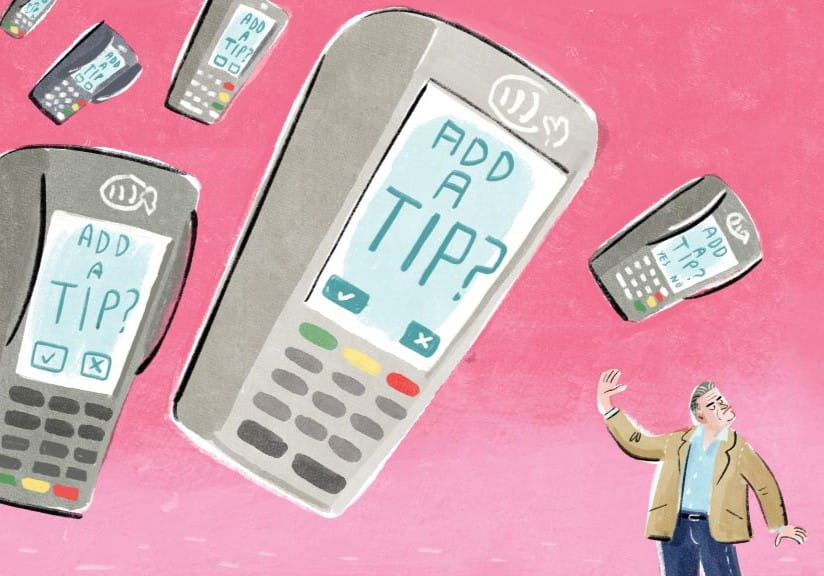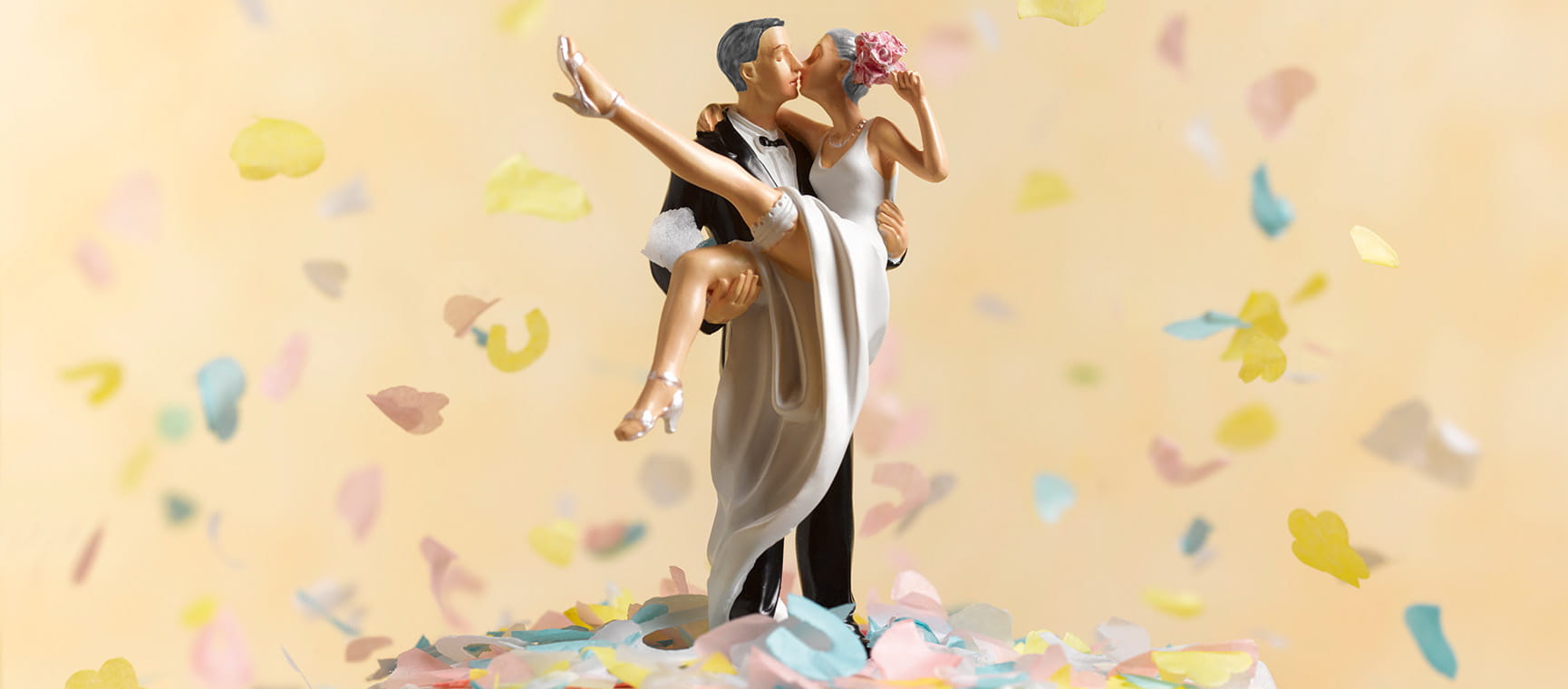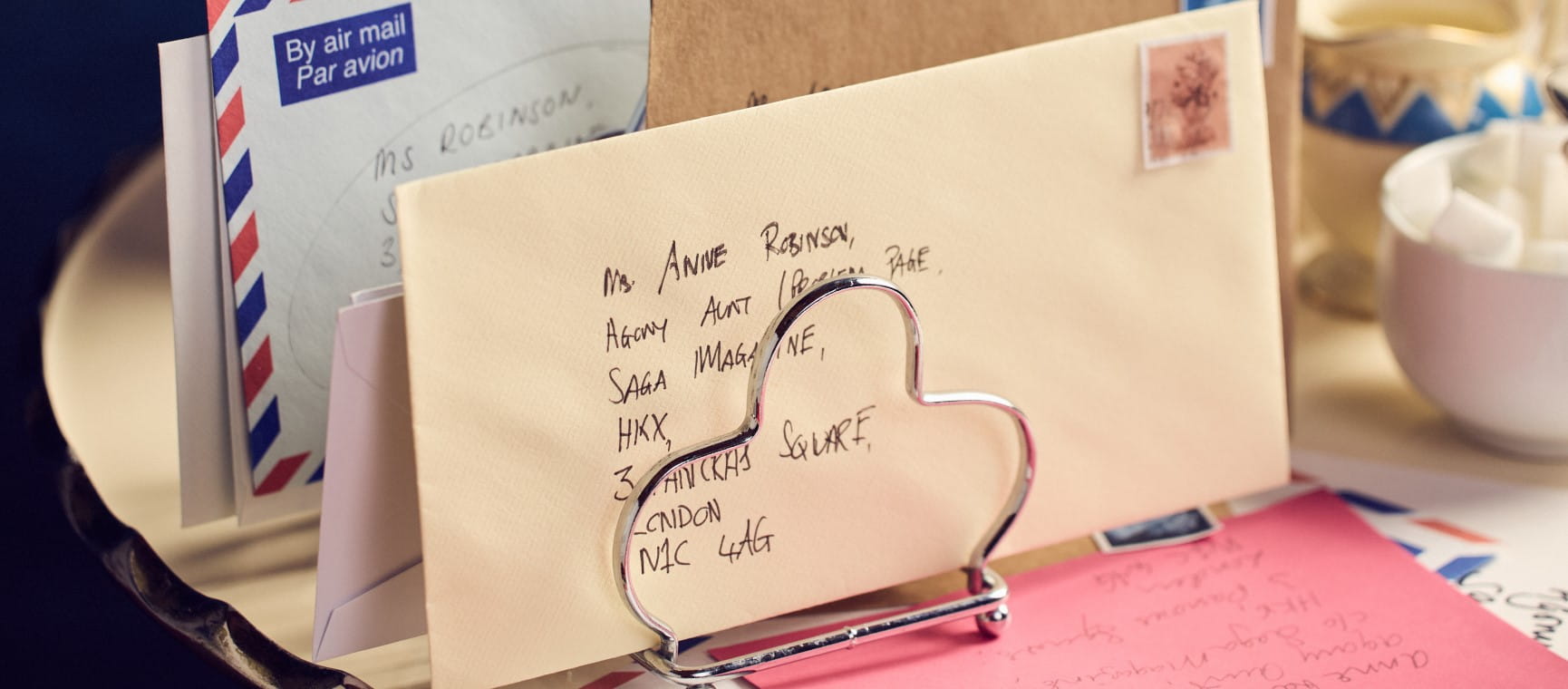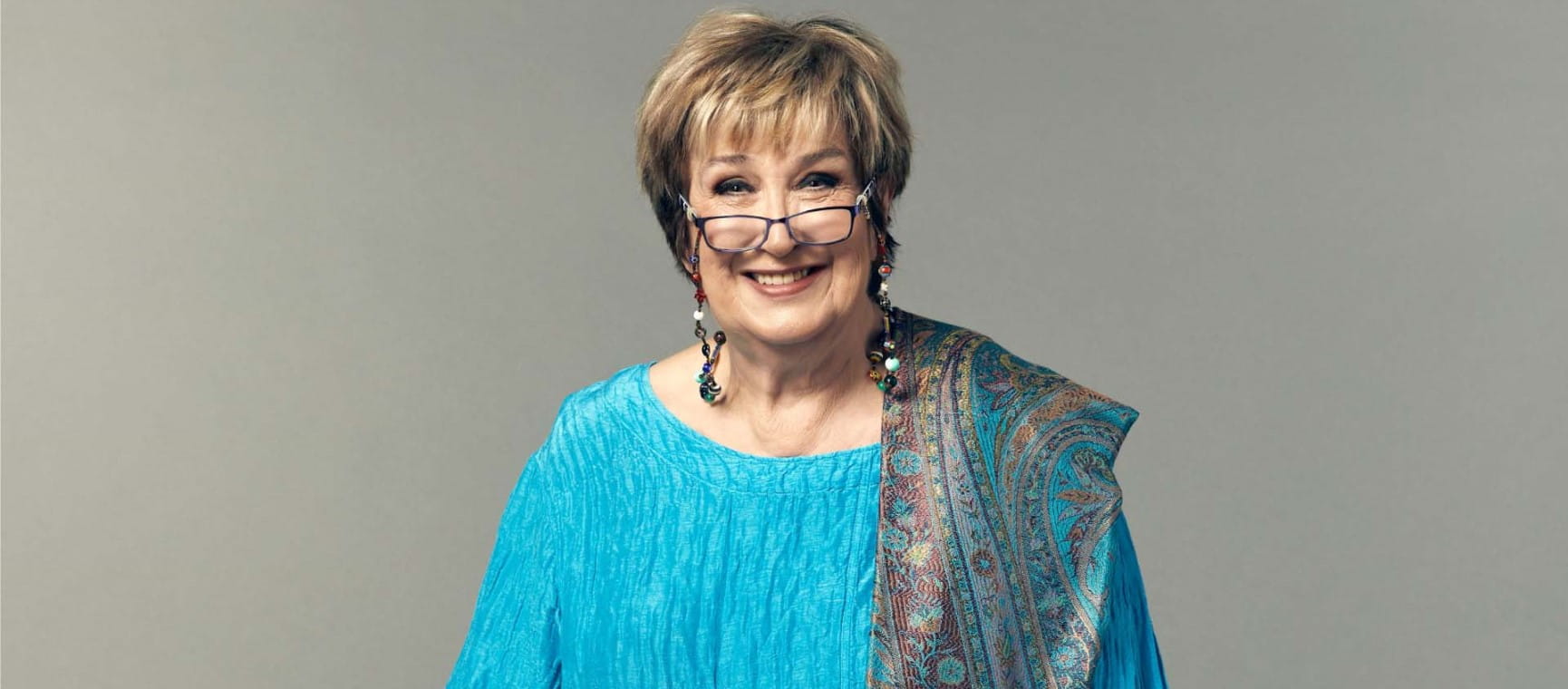Remembrance Day: the history of the poppy
We explain how the flower gained its iconic symbolism and the way the Poppy Factory provides a lifeline for veterans.
.jpg?la=en&h=760&w=1730&hash=E08A6684E08B2CDF631095CE9E6F44F7)
We explain how the flower gained its iconic symbolism and the way the Poppy Factory provides a lifeline for veterans.
.jpg?la=en&h=760&w=1730&hash=E08A6684E08B2CDF631095CE9E6F44F7)
In 1915, the thousands of poppies that had self-sown transformed the mudscape of the Western Front.
Men had sent poppies from the front in letters to their sweethearts. It marked scenes of horror, but also showed a fragile beauty and bravery, the possibility of renewal. It was a unifying flower – wild, not cultivated, available to everyone.
The scenes had been immortalised by Canadian poet and doctor John McCrae:
In Flanders fields the poppies blow
Between the crosses, row on row
In the war’s aftermath, two women pushed to make the poppy a commemorative symbol. American academic Moïna Michael encouraged the American Legion to adopt it in fundraising efforts, while in France, former teacher Anna Guérin had the idea of employing French war widows to make poppies from silk, to be bought and worn around the world on an “international poppy day”.
In August 1921, Guérin travelled to London to meet the British Legion and offered to fund the manufacture of one million poppies in France, to be sold in November on Armistice Day.
This was accepted, and the Legion decided to have additional poppies manufactured in Britain and commissioned eight million.
The people of Britain seized on it: the silk poppies sold out and raised £106,000 (£3 million in today’s money) for veteran support. The following year, the British Legion began looking for a source where poppies could be made in far greater numbers.
“I do not think it can be a great success, but it is worth trying,” wrote Major George Howson in a note to his parents in May 1922.
More than 100 years ago, Howson, a winner of the Military Cross and campaigner for disabled First World War veterans, had been given £2,000 by the British Legion to build a factory where veterans could be employed to make poppies for remembrance. He didn’t have high hopes.
At that point, the use of the poppy as a symbol of remembrance was in its very early stages. The world was still struggling to comprehend the cataclysmic losses of the war, searching for a language to express the unfathomable, or a symbol that could speak for the 35 million casualties.
The Poppy Factory, which was founded in south-east London (it later moved to Richmond in south-west London), was the answer to the demand for poppies. Many of Howson’s recruits were amputees for whom machinery was adapted, and the factory provided accommodation as well as work.
Archive photos show veterans with leather straps tied from their upper arms to the wheels of poppy presses, and in later years blocks were developed that let workers press together all the components (stem, leaf, petal, centre stud) using one hand.
Within a few years, the Prince of Wales had ordered the first royal wreath to lay at the Cenotaph, and Howson had devised and organised the Field of Remembrance outside Westminster Abbey.
By 1931, the factory moved to Richmond, and was producing 30 million poppies a year. It was also home to 320 workers, their wives and children. The first women joined the workforce in 1959.

Today, most remembrance poppies are manufactured in a fully automated factory in Aylesford, Kent, but The Poppy Factory in Richmond remains a lifeline for veterans.
It runs a specialist UK-wide employment service for veterans with mental and physical health conditions and also employs 22 people, mostly veterans and their dependants, at the factory, which makes tens of thousands of wreaths a year, including all the royal wreaths.
Alex, 63, has been known to make 65 wreaths in a single day. The Poppy Factory brought stability when his life was spiralling out of control.
He had joined the British Army in 1975, straight from school, and served in Northern Ireland and across the world, then joined the parachute regiment of the French Foreign Legion before leaving service life.
“The only analogy I can think of to describe what it’s like to return to civilian life is that it’s like having a limb cut off”
“You have nothing in common with the people around you. You’ve lost the people who really know you, the people you’ve shared everything with. I couldn’t even speak about the things I’d seen to my brothers. You feel lost,” he says.
Alex was initially resistant to seeking help and did not believe in the condition PTSD (post-traumatic stress disorder), even though studies have estimated its rate among veterans is 7.4%, rising to 17% in those who served in Iraq and Afghanistan.
“All these years later, I was drinking a lot and losing my temper irrationally,” says Alex, who is divorced with two teenage children.
He was eventually diagnosed with PTSD and able to access therapy, anti-depressants and support for his alcohol problems. He was also directed to The Poppy Factory, where he started work in 2017.
“It has calmed me down, given order to my life,” he says.
“Making wreaths is therapeutic. Everyone around you is in a similar space. There’s a great rapport here – there’s always banter going on”
For co-worker Steve, the banter is crucial. Being back in a room with ex-military colleagues gave him an instant sense of belonging. Steve, 57, had worked as a steward in the RAF and missed the military life.
“You get three meals a day, you get your accommodation, you’re told what to do and just get on with it. When you come out, you’ve got to fight for yourself,” he says.
Steve has struggled with his mental health all his life and in 2013 had a major breakdown and was hospitalised. From there, he began volunteering at The Poppy Factory, which led to a full-time job.
“When you’re with people who served, there’s a certain language you use, a certain banter. I get the mickey taken out of me for being in the RAF and being a steward. But it’s also really kind, really supportive.”
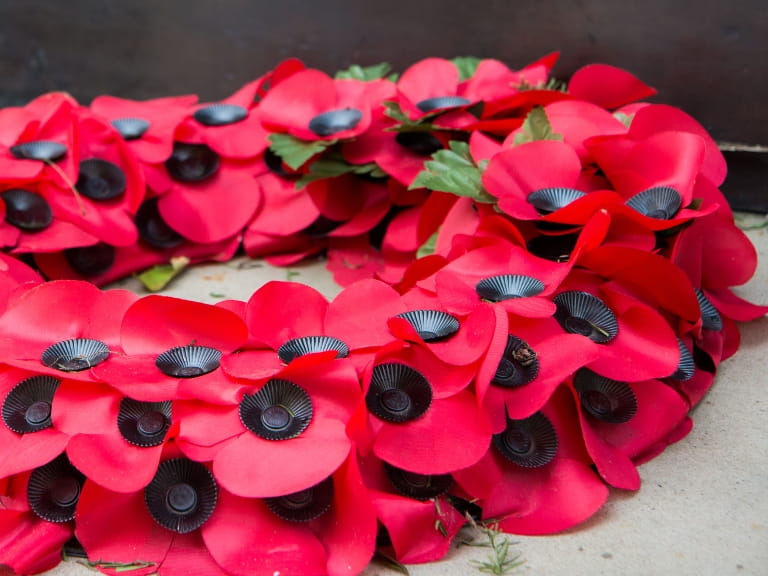
Chris, 63, had been sleeping rough for two years, then living in an ex-Forces hostel for another three before he found The Poppy Factory 13 years ago.
“I joined the army at 18 and found it difficult when I left,” he says. “I got a job in a factory after a couple of days, but you don’t understand how people work so individually. In the army, everything I did was always a team effort. After I left, it felt lonely and isolating.”
Chris was looking after his mother, who had dementia, when she was moved to a care home. The family house was sold to pay the fees and he began sleeping rough. Arriving at The Poppy Factory felt like coming home again.
“When I first met Alex, I told him about someone I’d served with 30 years ago and he pulled a little black book out of his pocket and there was this person’s telephone number. We knew the same people – we share the same stories.”
The work feels important to all the men, as the poppy symbol has spread. In Australia, it is made from cotton, in New Zealand it is paper, while the Canadian poppy is plastic covered in flocking.
There have been white poppies for peace and black ones to mark the black, African and Caribbean contributions to the war effort. Steve says:
“We’re not just knocking out wreaths. Every wreath we make is going to a war memorial”
“It could be anywhere around the world but you’re making it for that regiment or organisation. I always think about where it’s going. If I haven’t heard of them, I’ll look them up, see what they do and think about the people we’re remembering. It means so much to us.”
In 2023, the Royal British Legion unveiled its first plastic-free poppy, made entirely from recyclable paper. The new design was the first major redesign in a generation, and it came as the charity marked its 100th anniversary.
The first poppies, made in the Twenties, used silk for the petals, wire for the stem, and bitumen – a semi-hard petroleum – for the middle. While card was used for some poppies during World War II, 2023 was the first time that the poppy was made without any plastic since 1967.
Crafted from sustainable paper derived from renewable sources, including leftover materials from coffee cups, the inventive new poppy design boasts a classic shape. Its black centre is elegantly embossed with “Poppy Appeal”, and it comes with the all-important leaf.
The Royal British Legion said that the plastic-free poppy is a “symbol of our commitment to sustainability and environmental protection”. It is also a way to ensure that the poppy remains a symbol of remembrance for generations to come.
Plastic-free poppies are now on sale from thousands of volunteers across the UK and in major supermarkets. You can also buy poppies online from the Royal British Legion website.
If you have an old plastic poppy, you can recycle it at Sainsbury’s supermarkets. The Royal British Legion is also working with other retailers to develop recycling schemes for old plastic poppies.
As the new poppy is made of renewable fibres, it can be recycled in ordinary paper recycling collections, including those collected directly from your home.
Senior Members of The Royal Family attended the event at the Royal Albert Hall on Saturday 8 November.
Available on BBC iPlayer.
The Royal British Legion has more information about event and how to support the poppy appeal.
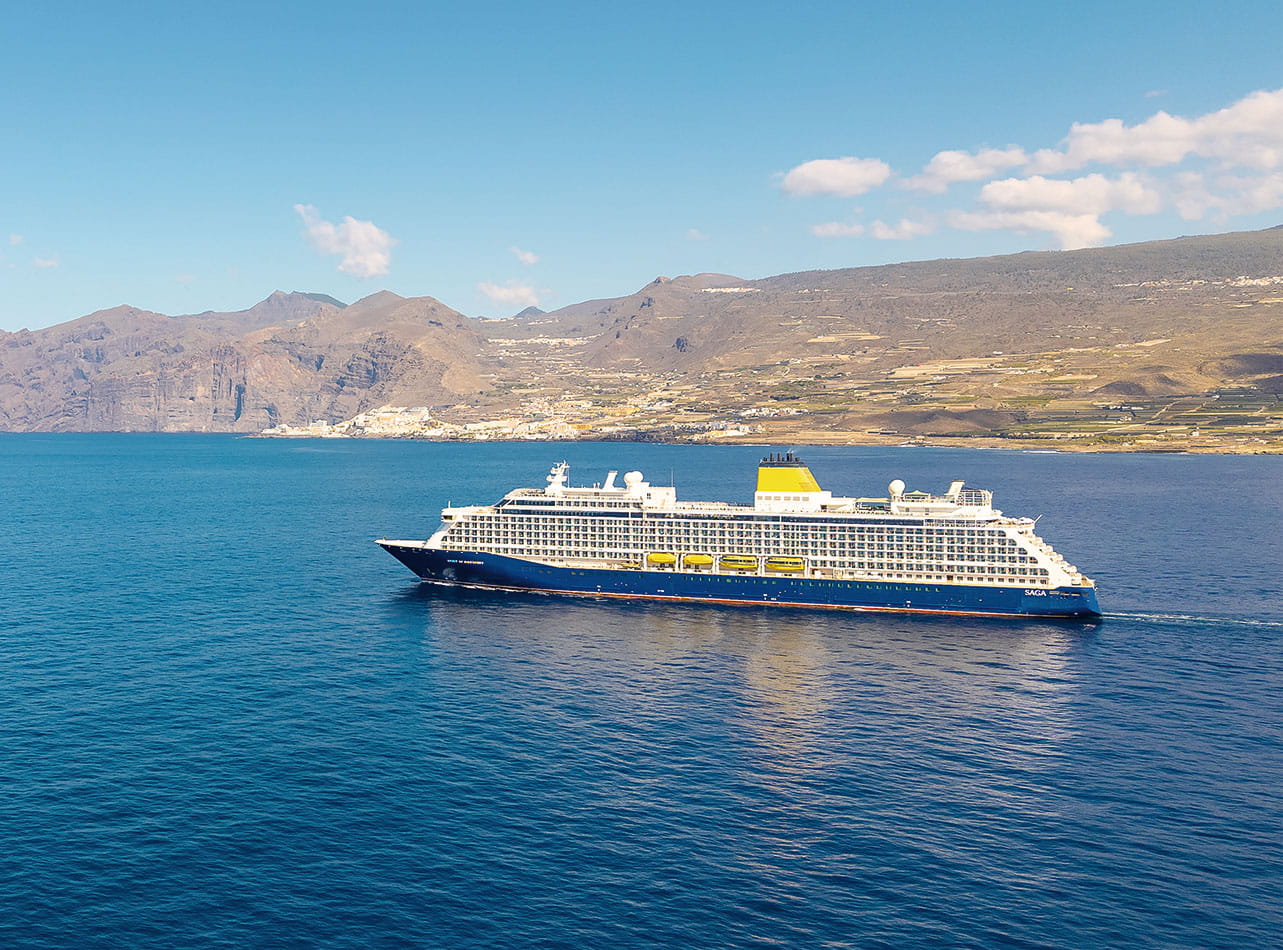

Including exclusive savings for Saga Magazine subscribers, and a special discount of up to 10% when you book two or more cruises back-to-back.

For a limited time, enjoy 3 issues of Saga Magazine for just £1. Receive the next 3 print editions delivered direct to your door, plus 3 months’ unlimited access to the Saga Magazine app—perfect for reading on the go.
Don’t miss your chance to experience award-winning content at an exceptional price.
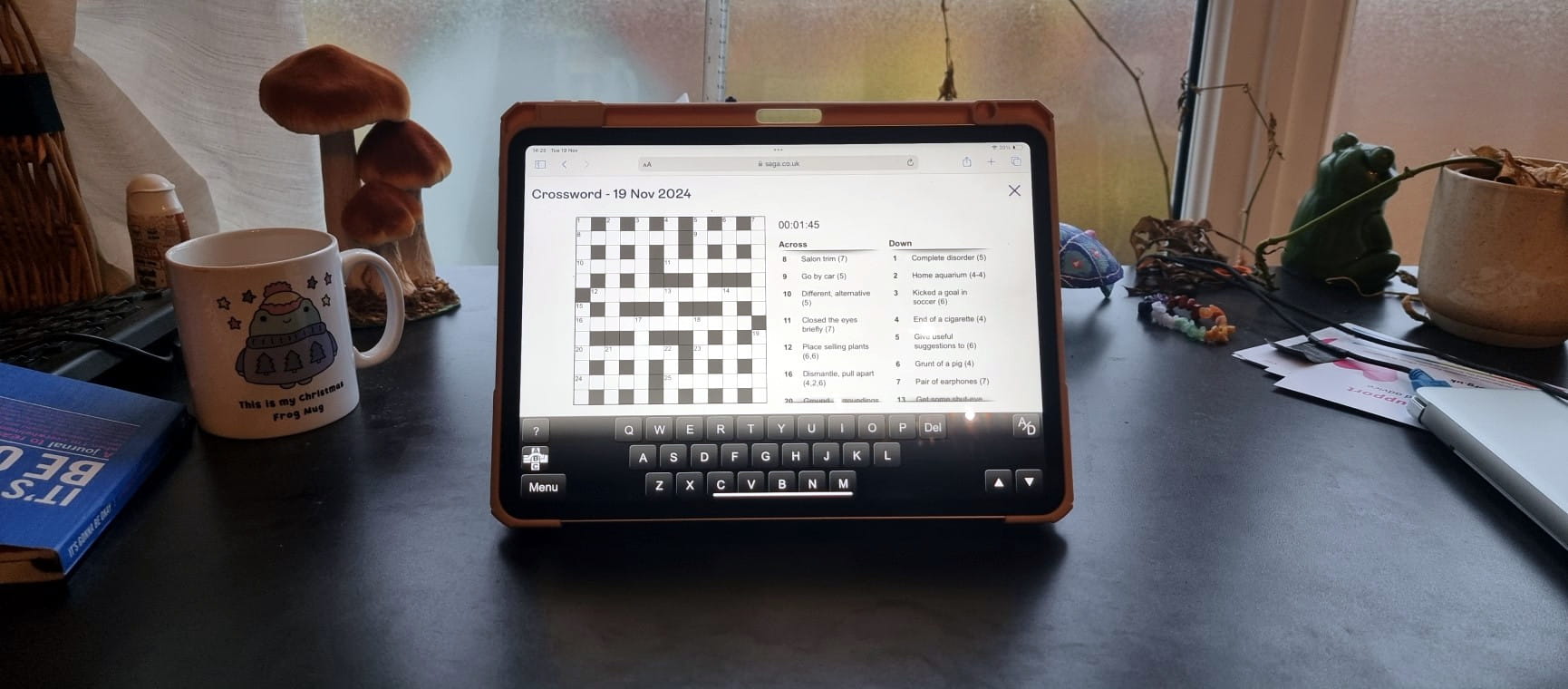
The ultimate guide to Saga Puzzles, full of technical tips, tricks and hints.

With the start of the new financial year on 6 April, our money expert explains the changes to your pension, benefits and taxes.

